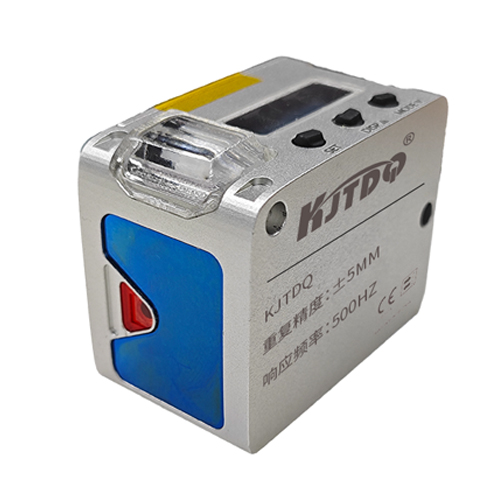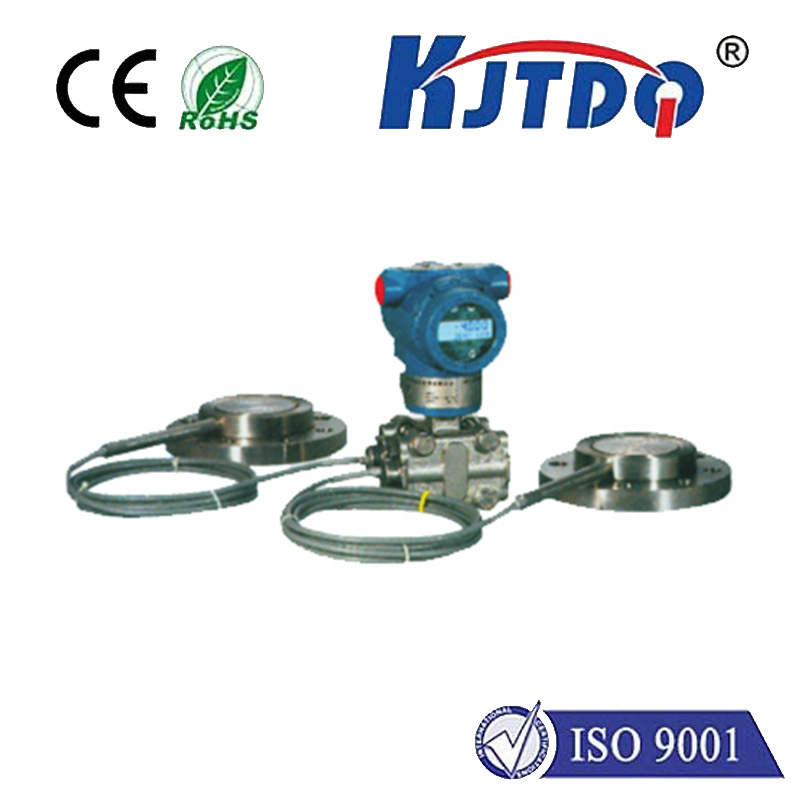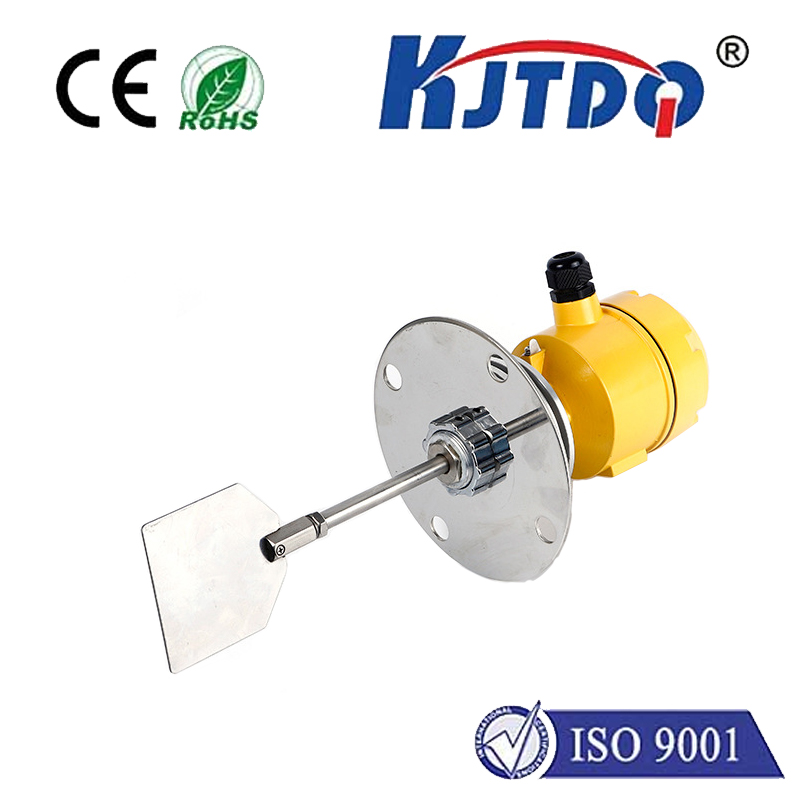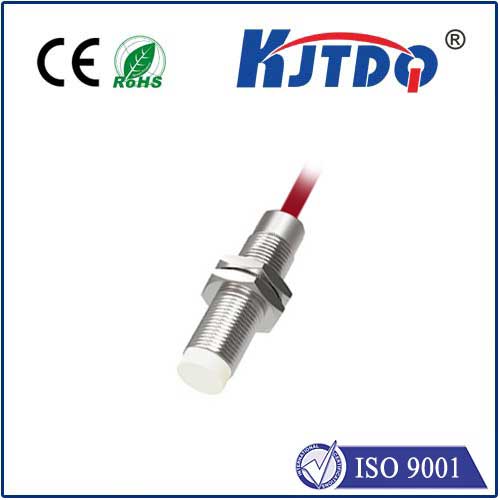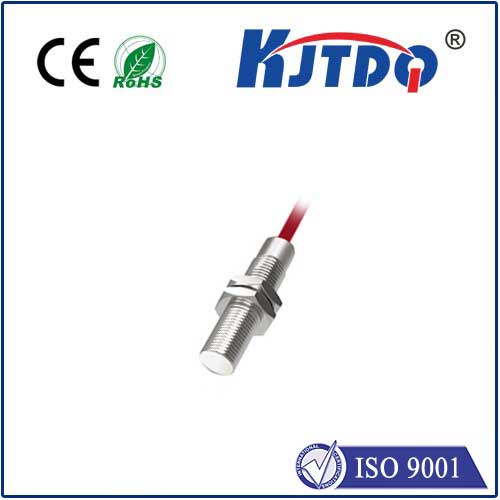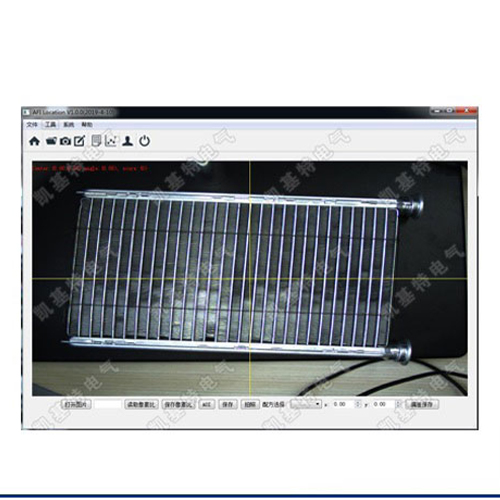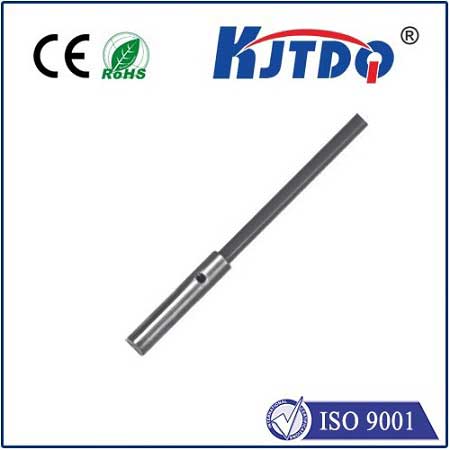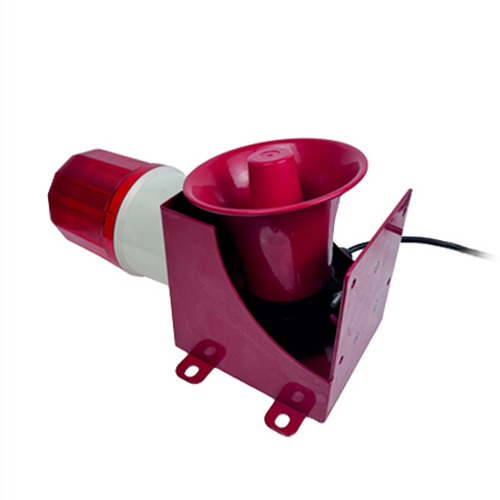

check

check

check

check
In the searing heat of a steel foundry or amidst the fiery chambers of automotive manufacturing, traditional sensors often crumble under the intense thermal assault. Yet, production lines must flow uninterrupted. Enter the high temperature inductive proximity sensor – a rugged, non-contact marvel engineered to thrive where others falter. This unassuming device not only detects metallic objects in scorching conditions but also redefines safety and efficiency in industries plagued by extreme heat. By eliminating physical contact, it prevents wear and reduces downtime, making it an indispensable ally in today’s high-stakes industrial landscape. As factories push boundaries with ever-higher operating temperatures, understanding how these sensors conquer heat-induced chaos becomes crucial for optimizing performance.
At its core, an inductive proximity sensor operates on the principle of electromagnetic induction. When a metallic object enters its detection range, it disrupts an oscillating magnetic field generated by the sensor’s coil. This change is converted into an electrical signal, triggering actions like shutting down machinery or alerting operators. What sets high temperature inductive proximity sensors apart is their specialized construction. Standard sensors might fail at temperatures above 80°C, but these enhanced versions withstand ranges from 150°C to over 200°C, thanks to robust materials like ceramic housings and heat-resistant coils. This resilience stems from innovations in thermal management, such as advanced potting compounds that insulate sensitive components and cooling fins that dissipate excess heat. For instance, in applications like metal casting, where molten metal glows at 1000°C, ambient temperatures near equipment can easily hit 150°C. A standard sensor would degrade rapidly, causing false triggers or complete failure, but a high temperature inductive proximity sensor remains steadfast, ensuring reliable object detection without direct interaction.

The critical need for these sensors arises from the push for automation in harsh sectors. Industries like glass manufacturing, power generation, and aerospace demand precise proximity sensing under relentless heat. Failure isn’t an option – a malfunction could lead to catastrophic downtime or safety hazards. Consider automotive welding lines: robotic arms move swiftly in environments exceeding 150°C, and sensors must detect components flawlessly to avoid costly collisions. Here, high temperature inductive proximity sensors shine by enabling continuous, non-contact monitoring. Their immunity to dust, oil, and other contaminants adds another layer of reliability, reducing maintenance needs by up to 50% compared to mechanical alternatives. This isn’t just about durability; it’s about operational excellence. For example, in a cement kiln operating at 200°C, installing these sensors on conveyor belts ensures seamless material flow, preventing jams that could halt production for hours. The result? Enhanced throughput and lower risks, as these devices provide real-time feedback to control systems, allowing for preemptive adjustments.
Diving into the technology, high temperature inductive proximity sensors rely on a blend of electromagnetic theory and material science. The core element is an oscillator circuit that creates a fluctuating field around the sensor head. When metal enters this field, eddy currents form, altering the oscillation amplitude. An integrated circuit detects this shift and outputs a signal. Key innovations include ferrite cores optimized for thermal stability, which maintain sensitivity even as temperatures fluctuate, and hermetic sealing that blocks moisture ingress. Unlike optical or capacitive sensors, which struggle in high-heat settings due to fogging or material expansion, inductive types excel because their non-contact nature avoids friction-based heat buildup. However, challenges persist, such as ensuring calibration accuracy in dynamic thermal environments. Manufacturers overcome this through adaptive algorithms that compensate for thermal drift, ensuring consistent detection ranges. This precision is vital in sectors like renewable energy, where wind turbines use these sensors to monitor gearbox temperatures, preventing overheating failures that could cost millions.
Applications for high temperature inductive proximity sensors span diverse high-heat domains. In the metal industry, they’re deployed in furnace doors to detect when billets are in position, enabling automatic loading without human intervention. The petrochemical sector benefits immensely, with sensors monitoring valve positions in refineries where temperatures spike past 180°C, averting leaks and spills. Even emerging fields like additive manufacturing leverage them; in 3D printing with metals, sensors ensure print heads maintain exact distances in heated chambers. Their role in enhancing safety is paramount. By automating hazardous processes, they keep workers away from danger zones, as seen in glass tempering lines where human proximity risks burns. Beyond industry, research facilities use these sensors in experimental reactors, where real-time data on component alignment prevents thermal runaway events. The versatility here is unmatched – whether it’s detecting turbine blades in geothermal plants or ensuring robotic arms in aerospace assembly, these sensors form the backbone of resilient automation.
Why choose a high temperature inductive proximity sensor over alternatives? First, longevity in extreme conditions translates to lower lifecycle costs; with lifespans exceeding five years in 200°C environments, they outlast other options. Energy efficiency is another perk, drawing minimal power while delivering instant response times under 1 millisecond, crucial for high-speed operations. Yet, it’s not all straightforward. Installation can pose challenges, such as aligning sensors in cramped, hot spaces, but solutions like adjustable mounting brackets simplify integration. Users must also consider factors like target material – ferrous metals yield better detection – but modern sensors are tunable for alloys like aluminum. Cost-wise, they’re pricier upfront than standard models, but the return on investment comes swiftly through reduced downtime and maintenance. Ultimately, as industries evolve toward smarter, hotter processes, the demand for these sensors grows. Innovations like IoT connectivity are emerging, allowing remote monitoring of temperature thresholds, ensuring that the path to industrial efficiency remains unswerving even in the furnace’s glare. This relentless adaptation underscores why high temperature inductive proximity sensors aren’t just tools – they’re silent sentinels forging a safer, more productive future.
